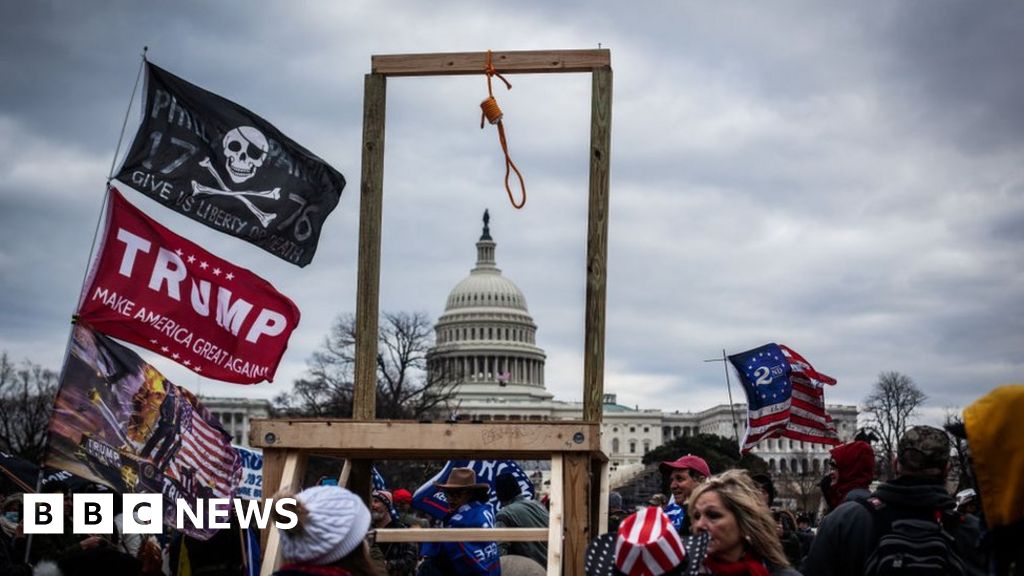The Perils of Legalization – The New York Instances

A cautionary story
Drug overdose deaths within the U.S. reached their highest level ever recorded final yr, with more than 100,000 deaths over 12 months. Deaths are up almost 50 p.c for the reason that begin of the Covid pandemic.
Every time I write about lethal overdoses, some readers ask: Why not legalize and regulate medication? They argue that the federal government causes extra hurt by outlawing medication and implementing these bans via policing and incarceration. They counsel that legalization and regulation might higher decrease the dangers concerned.
So right now I wish to clarify why that argument goes solely to this point — and why many consultants are skeptical.
“Drug warriors stated we should always have a drug-free nation, which was completely bogus,” Jonathan Caulkins, a drug coverage professional at Carnegie Mellon College, advised me. “However it’s completely bogus on the opposite facet to say we are able to legalize and all the issues will go away.”
In reality, we live via a disaster that exhibits the dangers of legalization: the opioid epidemic.
The issue started with a authorized, regulated drug: prescription painkillers. Pharmaceutical firms promised the medication would assist deal with ache, a significant public well being challenge. However when the capsules had been made broadly obtainable within the Nineteen Nineties, their use skyrocketed — together with dependancy and overdoses. And as an alternative of fastidiously regulating the medication, officers constantly gave in to profit-minded pharmaceutical firms, which offered opioids to thousands and thousands of individuals.
The disaster has developed from its origins, with avenue medication like heroin and fentanyl — and, more and more, stimulants like cocaine and meth — behind most overdose deaths. However as I previously wrote in this newsletter, opioid painkillers are on the root: Most of the folks now utilizing heroin or fentanyl started with painkillers. And drug cartels began to extra aggressively ship heroin and fentanyl to the U.S. as soon as they noticed a promising buyer base within the rising variety of painkiller customers.
As a substitute of constraining dependancy and overdoses, U.S. regulators enabled the present disaster.
Unhealthy regulation
America is poorly poised to legalize and regulate medication, some consultants stated. It tends to withstand regulation and favor free-market options greater than different developed nations. It’s certainly one of two nations to permit direct-to-consumer pharmaceutical adverts. The First Modification protects some business speech, making drug advertising and marketing onerous to manage.
“The coverage has to match the tradition,” Caulkins stated. And “we aren’t good at having bureaucracies that view their mission as defending the folks in opposition to the trade.”
The painkiller saga illustrates this. Aggressive advertising and marketing and messaging from firms like Purdue Pharma persuaded not simply docs but in addition regulators of the medication’ security and effectiveness. That enabled the approval of Purdue’s OxyContin in 1995.
As we now know, these opioids weren’t as secure or as efficient as claimed.
However federal companies constantly didn’t act as painkiller overdose deaths quadrupled, the drug coverage historian Kathleen Frydl argued:
-
After approving OxyContin with faulty data, the Meals and Drug Administration didn’t explicitly prohibit its use till the 2010s.
-
The Drug Enforcement Administration units limits on what number of opioids could be produced, but it surely elevated these limits for years, till the mid-2010s. The quota for oxycodone was almost 13 occasions increased at its peak in 2013 in contrast with 1998. With out increased quotas, “we wouldn’t have an opioid disaster,” Frydl advised me.
-
The Facilities for Illness Management and Prevention didn’t publish pointers calling for stricter prescription of opioids till 2016, greater than 20 years after OxyContin was authorized.
A spokeswoman stated the F.D.A. is utilizing “a complete, science-based strategy” to restrict painkiller misuse and broaden dependancy providers. An official stated the D.E.A. is altering its course of for setting quotas with advances in information and data know-how. The C.D.C. didn’t reply to a request for remark.
However federal regulators have carried out too little, Frydl stated: “None of those companies have been requested to carry out any form of introspection and accountability course of such that we could possibly be assured of their determination making going ahead.”
A coverage spectrum
Specialists broadly agree that the U.S. authorities didn’t correctly regulate opioids. However that doesn’t justify the prohibition and criminalization of medicine, argued Kassandra Frederique, the chief director of the Drug Coverage Alliance, an advocacy group. “That’s a false binary,” she advised me.
Many choices exist between commercialized legalization and criminalized prohibition, consultants stated. Portugal decriminalized the private possession of all medication in 2001, however not manufacturing and distribution. Canada prohibits medication, however permits for amenities the place skilled employees supervise drug customers and should even present substances to make use of.
Totally different medication also can warrant totally different approaches. Marijuana is far safer than cocaine and heroin, and legal guidelines can replicate that.
And whereas the opioid disaster has proven the perils of legalization, it has additionally uncovered the dangers of prohibition. Individuals who die from a fentanyl overdose typically imagine they’re consuming heroin, cocaine or another drug, not figuring out it’s really fentanyl or contaminated with fentanyl. That may be a downside of unregulated provide.
The underside line
Nobody drug coverage is ideal, and all contain trade-offs. “We’ve received freedom, pleasure, well being, crime and public security,” the Stanford drug coverage professional Keith Humphreys has advised me. “You may push on one and two of these — perhaps even three with totally different medication — however you’ll be able to’t eliminate all of them. It’s a must to pay the piper someplace.”
For extra
NEWS
Struggle in Ukraine
Different Huge Tales
FROM OPINION
The Sunday query: Ought to Finland and Sweden be part of NATO?
Each are sturdy democracies that will bolster the alliance’s military, International Coverage’s Elisabeth Braw argues. Sara Bjerg Moller notes the risks, together with that NATO must defend Finland’s 800-mile border with Russia if Moscow responded aggressively.



